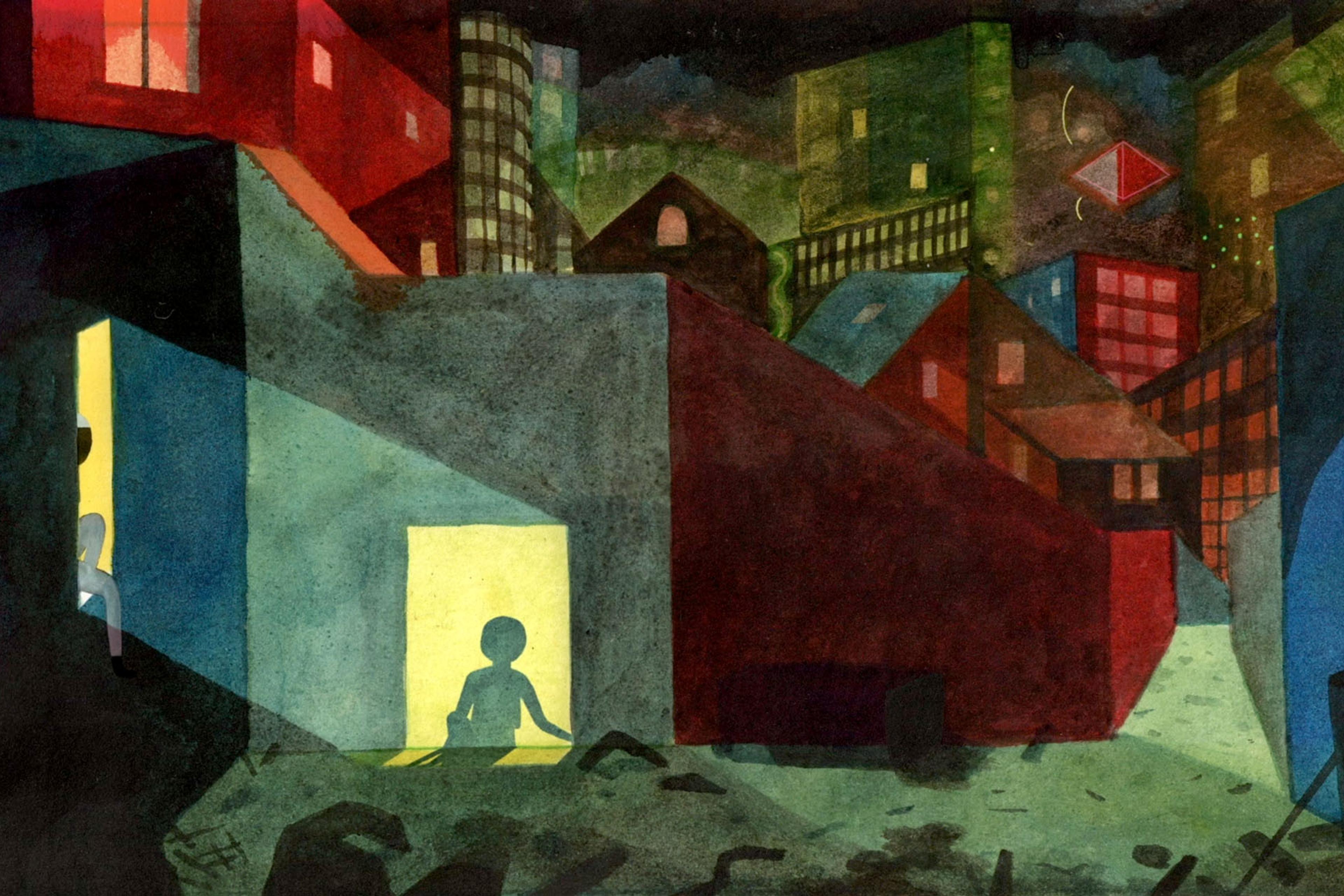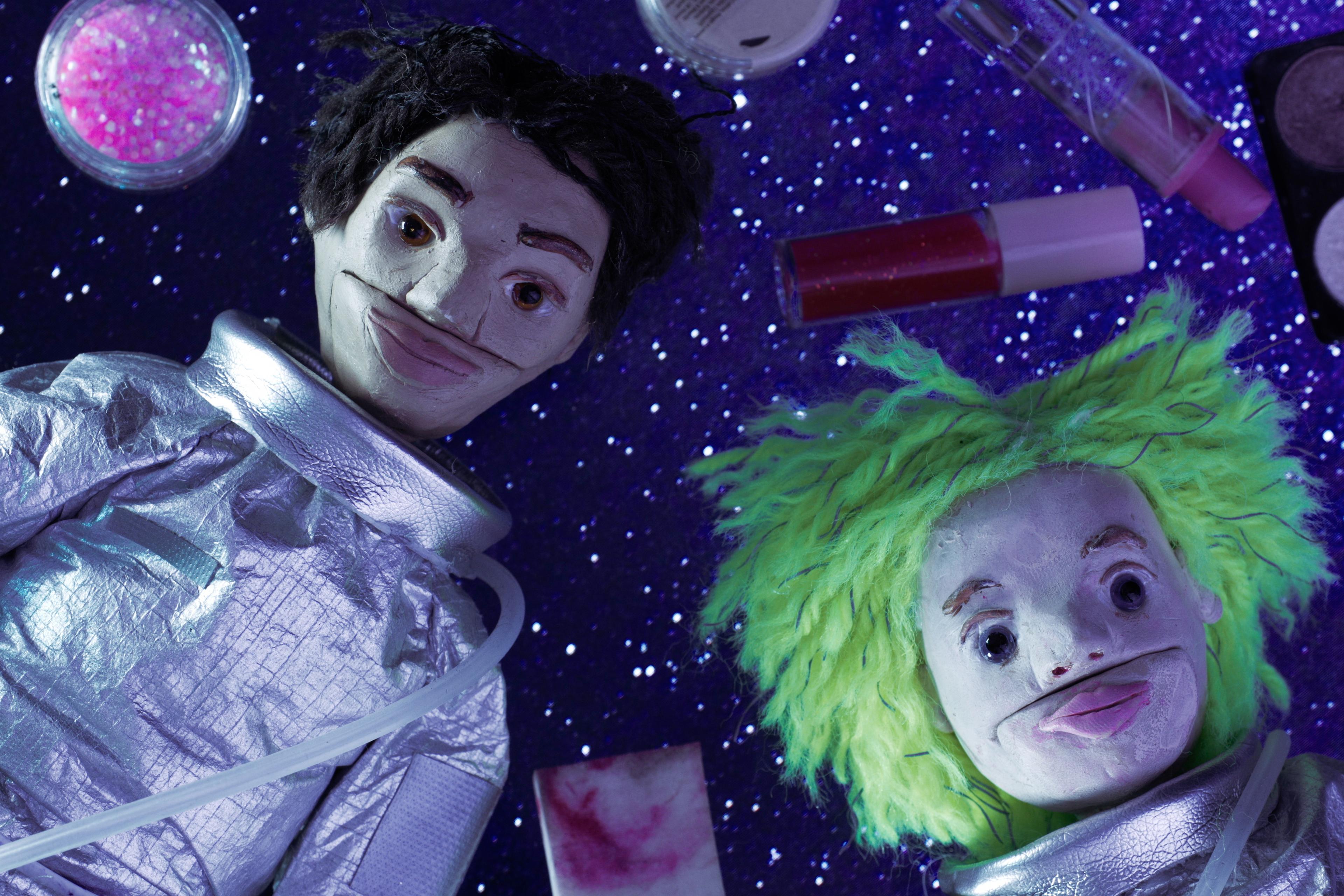In the age of the selfie stick, the word ‘tourist’ often comes with negative connotations, summoning images of trinket seekers and amateur smartphone photographers looking to prove they’ve been there, done that. But the drive to travel is, of course, more than consumerism at its worst. To step outside of one’s routines and society can be a thrilling act of cultural exchange and self-discovery. This more immersive vision of travel sits at centre of the Academy Award-nominated animation from the French filmmaker Bastien Dubois, Madagascar, a Journey Diary (2010), which, for most viewers, will represent its own enthralling odyssey to somewhere new.
Born of Dubois’s own time in Madagascar, the short follows his trip to the countryside to witness a sacred tradition known as famadihana, or ‘the turning of the dead’. This ritual of the Malagasy ethnic group involves exhuming the corpse of a loved one, covering them in a fresh shroud, and carrying the body overhead while singing and dancing in celebration and remembrance. Once the viewer is launched on the journey to the famadihana alongside Dubois, the film unfolds like a scrapbook travelogue, with its pages flipping in the wind as the viewer tries to keep pace and absorb the scenes.
With Dubois depicting his travels in everything from stop-motion stitching to flickering watercolours, the work evokes the overwhelming feeling of moving through an unfamiliar place, trying to make sense of the grand cacophony of it all. The effect is far more visceral than cerebral. As Dubois put it in an interview, he was driven by a desire to make the audience feel lost in this whirlwind of images and sounds, rather than aiming to explore ethics or educate. Yet in these carefully observed scenes of Madagascar’s bustling city streets, lush landscapes and inhabitants welcoming an outsider, there’s a sense of the perspective-shifting adventure that travel can offer – of getting far from the tourist attractions, and lost somewhere new in the best possible way.
Written by Adam D’Arpino







